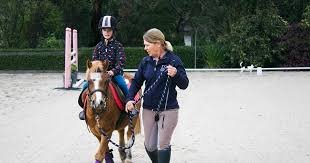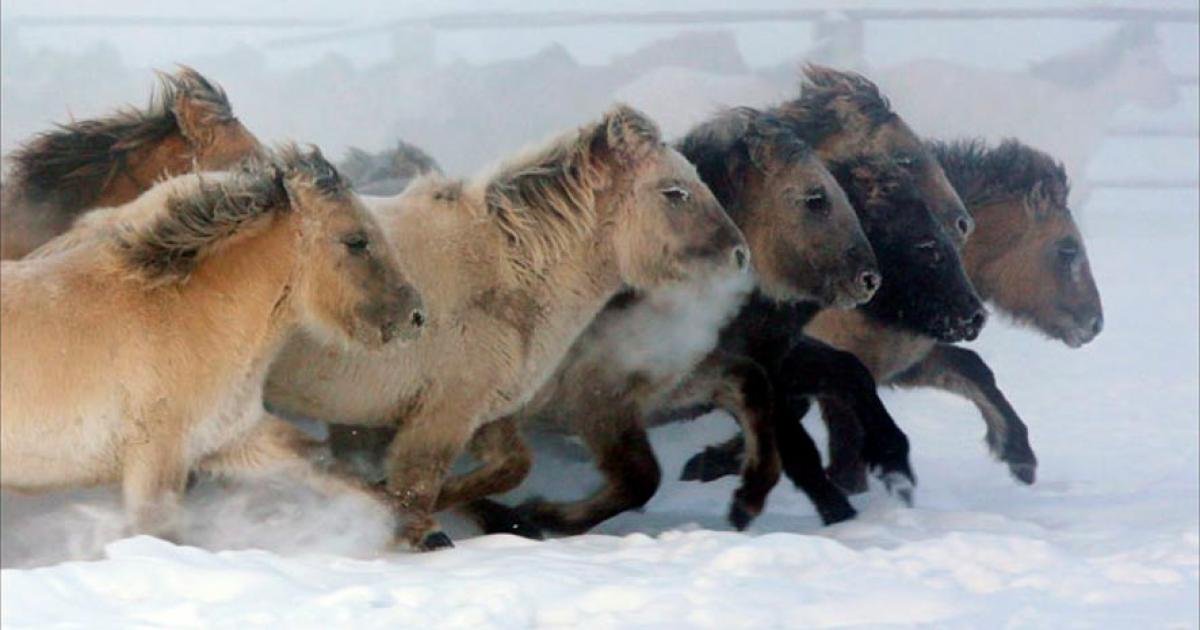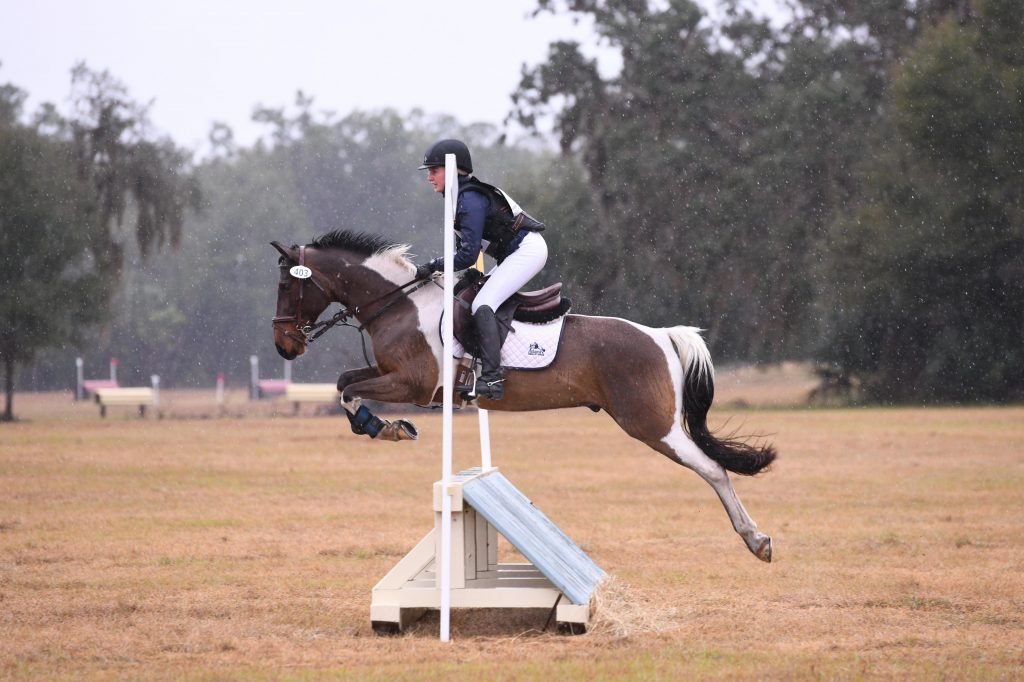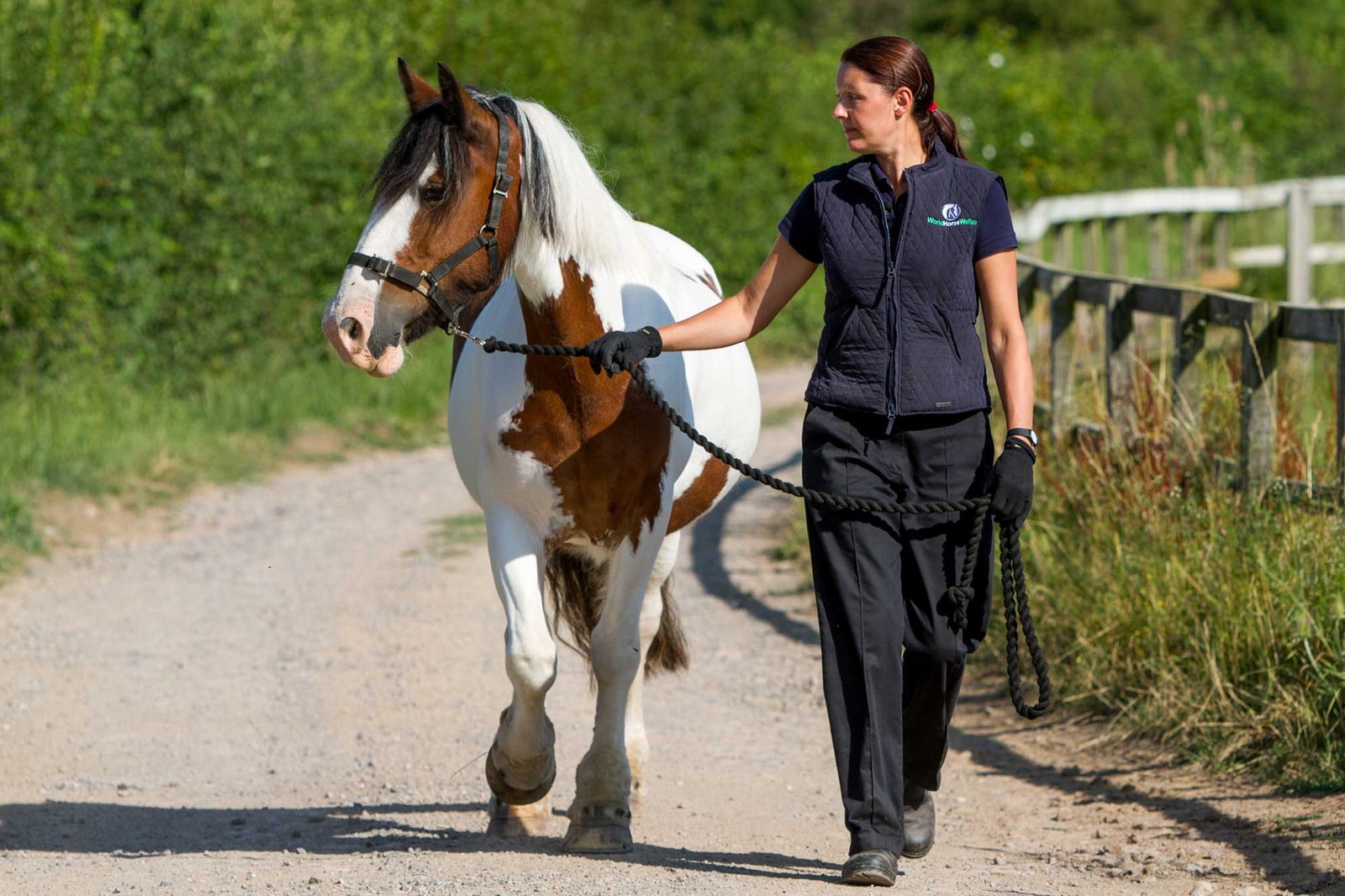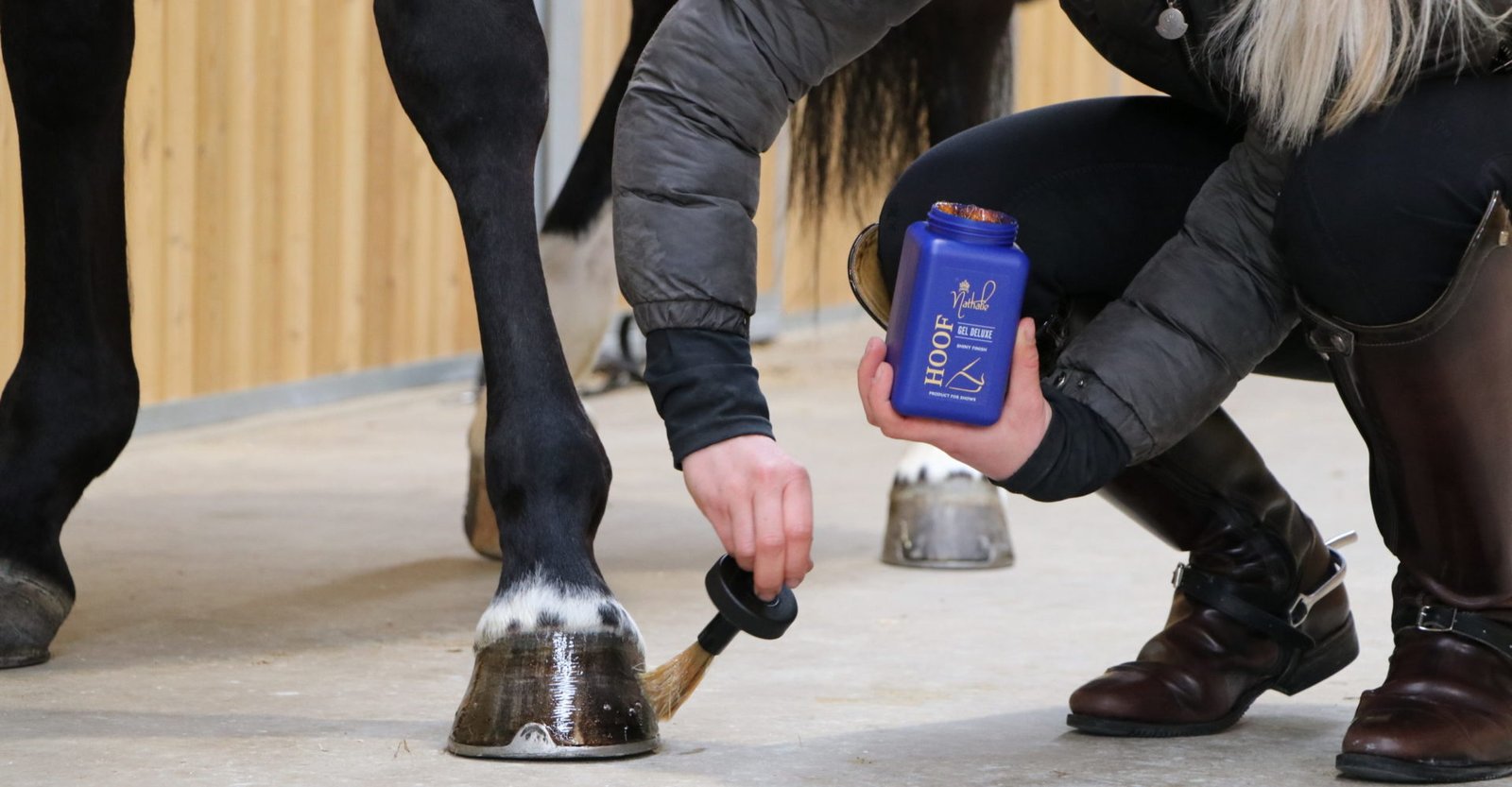Training ponies can be an incredibly rewarding experience for both the animal and the trainer. Whether you’re a first-time pony owner or looking to improve your skills, understanding the fundamentals of training is essential. With the right approach, patience, and consistent effort, you can teach your pony new skills, build a strong bond, and enjoy your time together. In this guide, we’ll break down the basics of training ponies for beginners.

What You Need to Know Before You Start Training
Before you even begin training your pony, it’s important to assess your pony’s temperament and health. Ponies can vary greatly in terms of personality, so knowing whether your pony is calm or more energetic will help you plan the right training methods. Additionally, ensure that your pony is in good health and physically ready for training. A quick check-up from a vet can prevent injuries and ensure your pony’s comfort during training.
Additionally, having the proper gear is essential. At a minimum, you will need a lead rope, halter, and grooming supplies. As your training progresses, you may also need equipment such as saddle pads or training aids, but starting simple will give you a good foundation. Always choose comfortable, well-fitting equipment to avoid unnecessary stress or discomfort for your pony.
Establishing Trust and Building a Relationship
One of the most important aspects of training ponies is establishing trust and building a positive relationship. A pony that trusts you will be more willing to learn and follow commands. Start by spending time with your pony regularly, grooming and talking to them gently. This helps the pony become familiar with you and your presence.
Positive reinforcement is key during this phase. Reward your pony with treats, praise, or a gentle pat when they show the right behaviors. The goal is to create a positive, encouraging environment where your pony feels safe and eager to learn. Remember, the bond you form in the early stages will make the entire training process smoother.
Basic Training Techniques for Beginners
Once trust is established, you can begin introducing basic commands. Start with simple tasks like leading, stopping, and turning. Begin by teaching your pony to walk on a lead rope. Gently guide them forward by applying slight pressure to the lead rope, and use verbal cues such as “walk” to reinforce the action. When the pony follows, immediately reward them with a treat or praise.
Next, teach your pony to stop. This is important for both safety and control. To stop, gently pull back on the lead rope and say “whoa” in a calm, firm voice. When your pony halts, reward them. Consistency is essential here; the more consistent you are with the commands, the quicker your pony will understand.
Turning is another basic command that can be introduced early. Gently guide your pony in the direction you want them to turn, using the lead rope and a verbal cue like “turn.” As they respond, reward them to reinforce the behavior.
Tack Training and Saddling Your Pony
As your pony becomes more comfortable with the basics, you can begin introducing them to tack, such as saddles and bridles. It’s important to proceed gradually with tack training to avoid overwhelming your pony. Start by introducing your pony to the saddle pad, allowing them to sniff and get used to it. When your pony seems calm, gently place the saddle pad on their back and allow them to adjust to the sensation.
Once your pony is comfortable with the saddle pad, you can proceed to the saddle itself. Place the saddle gently on their back, allowing them time to become familiar with the new weight and sensation. Always reward your pony for calm behavior during this phase. Once your pony is comfortable with the saddle, you can move on to bridle training and eventually riding. Take your time, and never rush the process.
Overcoming Common Training Challenges
Training ponies can be a smooth experience, but like all animals, they may present challenges along the way. Some ponies may be more stubborn or fearful of new experiences, while others may become easily distracted. To overcome these challenges, patience is crucial. If your pony resists a particular command or becomes fearful, don’t force the behavior. Instead, take a step back and reinforce basic commands before trying again.
Remember, training is a gradual process, and every pony will learn at their own pace. Celebrate small victories, and stay calm and patient. If necessary, consider enlisting the help of an experienced trainer to guide you through particularly difficult training phases.
Conclusion
In conclusion, training ponies for beginners is an exciting journey that requires patience, consistency, and trust. By focusing on building a strong relationship, teaching basic commands, and introducing tack gradually, you can ensure a positive training experience for both you and your pony. Remember, training is not just about teaching new skills but also about fostering a strong, positive bond. With time and effort, your pony will become a well-trained, happy companion that you can enjoy for years to come.







